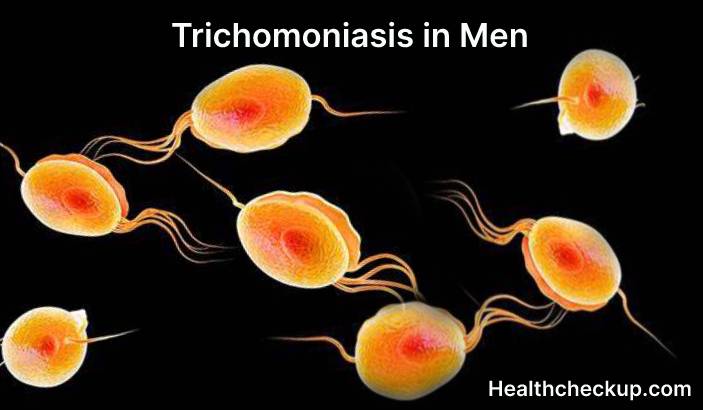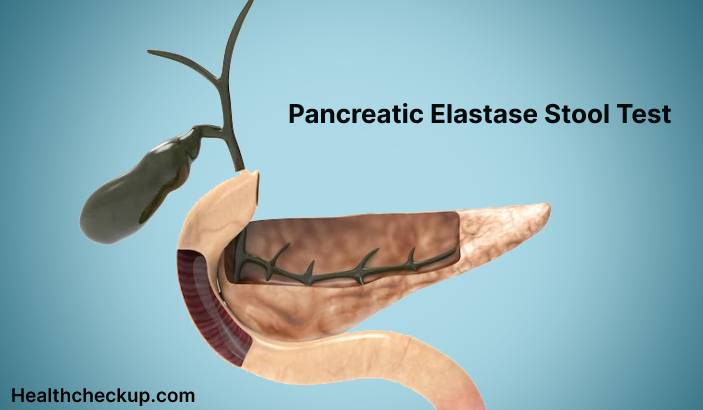Trichomoniasis is a sexually transmitted infection (STI) caused by the parasite Trichomonas vaginalis. It is more commonly found in women, but men can also be infected. Trichomoniasis can cause a range of symptoms, including itching, burning, and discharge from the genital area. It can also increase the risk of other STIs, such as HIV, and can cause complications during pregnancy.
How to Diagnose Trichomoniasis in Men?
Diagnosing trichomoniasis in men can be challenging because the infection is often asymptomatic in men. This means that a man may have the infection and not experience any symptoms. Even if a man does have symptoms, they may be mild and easy to overlook. For example, a man may have a discharge from the penis that is not unusual or painful.
To diagnose trichomoniasis, a healthcare provider will usually collect a sample of genital secretions and send it to a laboratory for testing. The most common test for trichomoniasis is called a nucleic acid amplification test (NAAT), which looks for the genetic material of the parasite in the sample. NAATs are highly accurate and can detect even small amounts of the parasite.
However, it is possible for a man to have trichomoniasis and test negative for the infection. This can happen if the sample was not collected correctly, if the infection is in its early stages, or if the person has a low number of parasites. For example, if a man has just been infected with trichomoniasis, it may take a few days for the parasite to multiply to levels that can be detected by a laboratory test.
There are a few other factors that can affect the accuracy of trichomoniasis testing in men. For example, certain medications, such as antibiotics and antifungal drugs, can interfere with the test results. Men who have recently used these medications should inform their healthcare provider so that the provider can take this into account when interpreting the test results.
Another reason that a man may test negative for trichomoniasis despite having the infection is if he has a low number of parasites. The NAAT test is designed to detect even small amounts of the parasite, but if the number of parasites is very low, the test may not be able to detect them. This is more likely to happen in men than in women because trichomoniasis is more common in women and women tend to have higher levels of the parasite.
If a man has symptoms of trichomoniasis or if his partner has been diagnosed with the infection, he should talk to a healthcare provider about getting tested. The provider may recommend retesting or using a different type of test to confirm the diagnosis. It is important to get an accurate diagnosis and proper treatment to prevent the infection from spreading and to reduce the risk of complications.
In conclusion, it is possible for a man to have trichomoniasis and test negative for the infection. This can happen if the sample was not collected correctly, if the infection is in its early stages, or if the person has a low number of parasites. If a man has symptoms of trichomoniasis or if his partner has been diagnosed with the infection, he should talk to a healthcare provider about getting tested.








